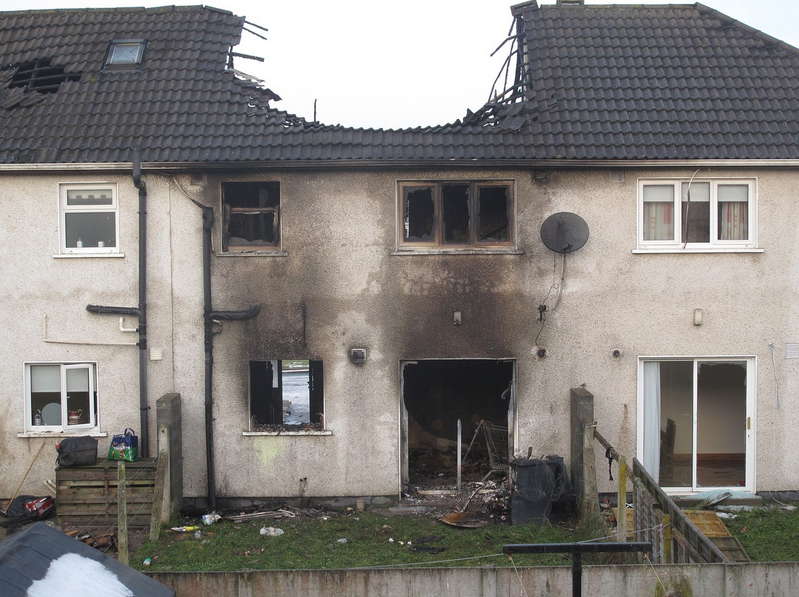
Selling a fire-damaged house presents a unique set of challenges that can complicate the sale process for homeowners. From addressing structural issues to navigating the complexities of insurance and market perception, various hurdles need to be overcome. In this comprehensive guide, we’ll explore six significant challenges that homeowners face when selling fire damaged house.
Structural Damage and Repairs
One of the most apparent challenges of selling a fire-damaged house is the extent of structural damage. Fires can compromise the integrity of a home, affecting its foundation, walls, roof, and other vital structures. Assessing and repairing this damage is crucial, but it can be a significant obstacle for potential buyers.
The cost of structural repairs can be substantial, deterring buyers who are unwilling or unable to invest in extensive renovations. Even after repairs, some buyers may remain hesitant due to lingering concerns about the property’s safety and stability.
Smoke and Soot Residue
Fire damage isn’t solely limited to the areas directly affected by the flames. Smoke and soot residue can permeate through walls, ceilings, and other surfaces, leaving behind a strong odor and unsightly staining.
Removing these residues is a meticulous and often costly process. It requires specialized cleaning methods and equipment to eliminate the smoke smell and restore the property’s aesthetic appeal. The presence of such residues can be a significant deterrent for potential buyers, affecting the property’s marketability.
Insurance Complications

Dealing with insurance after a fire can be a labyrinth of complexities. Navigating through the insurance claims process, understanding policy coverage, and negotiating settlements adds another layer of challenge for homeowners attempting to sell a fire-damaged property. Insurers may have specific requirements and procedures that must be followed before selling the house. Any discrepancies or delays in insurance settlements can impede the selling process, affecting the speed and price at which the property can be sold.
Stigma and Perception
Fire damage carries a certain stigma in the real estate market. Potential buyers might perceive a fire-damaged property as inherently unsafe or structurally compromised, even if the damage is reparable. Overcoming this perception hurdle can be challenging and often requires proactive efforts to educate and assure potential buyers of the property’s safety and value after repairs. Market perception can significantly impact the time a fire-damaged house spends on the market and its final selling price. Marketing strategies and transparent communication are crucial in reshaping the property’s perception among potential buyers.
Financial Implications
Selling a fire-damaged house involves significant financial considerations. Homeowners might already be facing financial strain from the fire damage, repair costs, temporary accommodations, and mortgage payments. Selling the property under such circumstances may necessitate a quick sale or significantly lowering the selling price to attract buyers. The financial burden can further increase if the property remains on the market for an extended period. Repairs, maintenance, and insurance premiums continue to accrue, adding to the overall cost and stress of selling the house.
Limited Buyer Pool and Marketability
The pool of potential buyers for a fire-damaged property is inherently limited. Many buyers are wary of the complexities and risks associated with purchasing such homes. This limited interest can lead to challenges in finding the right buyer who is willing to take on the project, complete the necessary repairs, and invest in a property perceived as high-risk. The reduced marketability of a fire-damaged house often results in longer listing times and potentially lower offers, making it challenging for homeowners to achieve a satisfactory sale.
Selling a fire-damaged house comes with a myriad of challenges that can significantly impact the selling process. Structural damage, smoke residue, insurance complications, market perception, financial implications, and limited marketability all contribute to the complexity of the sale.



